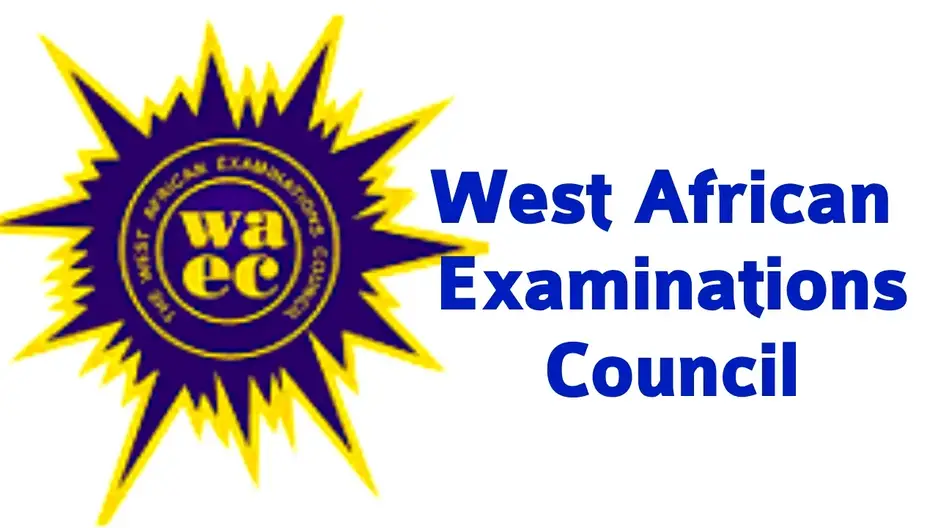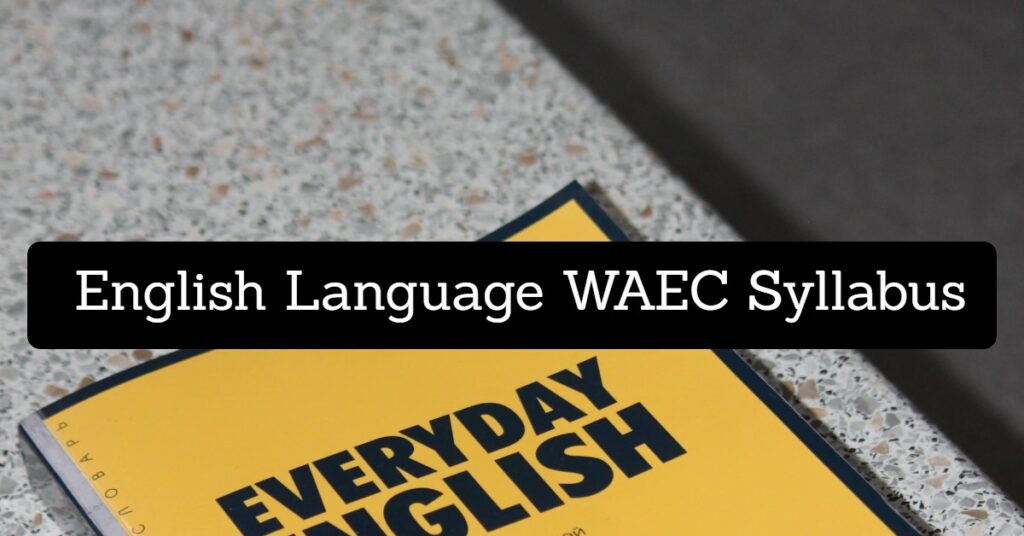
The WAEC syllabus for Book Keeping is essential for anyone preparing to take the examination. It outlines the aims and objectives, along with providing notes and format for the Book Keeping exam.
Studying the Book Keeping syllabus is crucial for effective exam preparation. It will guide you on the topics to cover and highlight key concepts to understand.
Beginning exam preparations without consulting the Book Keeping syllabus is like embarking on a farm without the necessary agricultural tools, resulting in decreased productivity.
Ensure you kickstart your exam preparations by thoroughly engaging with the provided syllabus.
This post also includes recommended textbooks endorsed by the West African Examination Council (WAEC) to supplement your study of Book Keeping. If you have any questions, feel free to ask in the comment section—I’d love to hear from you.
WAEC Book Keeping
The Book Keeping syllabus is designed to assess the candidates’ basic knowledge of business activities and understanding of the financial systems for the purpose of establishing a business and laying a good foundation for further studies.
Aims and Objectives
The aim of this paper is to test candidates’:
- knowledge of basic skills required to start a business;
- ability to appreciate the rules and functions of bookkeeping;
- ability to apply the basic knowledge and skills in Book Keeping to modern business activities.
Scheme of the Examination
There will be two papers, Papers 1 and 2, both of which will be a composite paper to be taken at one sitting.
PAPER 1: Will consist of forty multiple-choice questions all of which must be answered in 50 minutes for 40 marks.
PAPER 2: Will consist of two sections, Sections A and B as follows:
Section A: Will cover the Theory of Book-Keeping and contain four questions. Candidates will be required to answer two for 20 marks.
Section B: This will cover the Practice of Book-Keeping and contain five questions. Candidates will be required to answer three for 60 marks. The paper will last 2 hours.
WAEC Book Keeping Syllabus
| S/No | Topics | Notes |
|---|---|---|
| 1 | Introduction to Book Keeping | Meaning of Book Keeping definition, history, nature, importance and functions of Book Keeping; career opportunities and beneficiaries of bookkeeping; qualities and values of bookkeepers. Assets and Liabilities: – definition, differences, classification and examples of Assets and Liabilities. Business Transactions: – meaning and types of business transactions; – parties involved in business transactions. Classification of Accounts: – personal accounts (debtors and creditors); – Impersonal accounts (real and nominal). Source Documents: – definition, identification, types and uses of source documents. |
| 2. | Concepts and Conventions | Definition, identification and the differences between concepts and conventions. |
| 3. | Books of Original Entry | Definition, purpose, types, format, uses and preparation of Books of Original entry |
| 4 | Ledger and Principles of Double Entry | Ledger: – definition, classification, format, uses and preparation of ledgers. Principles of Double Entry: – meaning, history, rules and making double entries. |
| 5. | Cash Book | Meaning, purpose, description, differences and preparation of: – single column; – double column; – three column; – petty cash book. |
| 6. | Bank Reconciliation Statement | – meaning and purpose – terminologies and banking documents – causes of differences between cash book and bank statement balance |
| 7. | Trial Balance and Errors | – meaning and functions of trial balance; – rules and preparation of trial balance; – meaning, types, classification of errors; – correction of errors and preparation of Suspense Account. |
| 8. | Financial Statements of Sole Proprietorship | Trading Account: – definition, purpose, format and preparation of a simple Trading Account; – methods of valuing stock (FIFO and LIFO). Profit and Loss Account: – definition, purpose, format and preparation of Profit and Loss Account; Balance Sheet: – meaning, content, format and preparation of a simple balance sheet. |
| 9. | Adjustments to Financial Statements | Adjustment for prepayments, accruals, depreciation, bad and doubtful debts; Meaning and methods of depreciation (straight line and reducing balance). |
| 10. | Control Accounts | Meaning and preparation of Sales Ledger and Purchases Ledger Control Accounts. |
| 11. | Single Entry and Incomplete Records | Meaning, limitations and preparation of final accounts from incomplete records |
| 12. | Accounts of Not-For-Profit Making organizations | Purpose, content and preparation of Receipts and Payments Accounts, Income and Expenditure Account. |
| 13. | Manufacturing Accounts | meaning, purpose and terminologies; – preparation of Manufacturing, Trading, Profit and Loss Accounts. |
| 14. | Partnership Accounts | meaning and terms: – partnership deed, drawings, interest on capital, interest on drawings; – preparation of Capital and Current Accounts, Profit and Loss and Appropriation Account and Balance Sheet; – admission of new partners and Goodwill Account. |
| 15. | Joint Venture Accounts | – meaning and purpose; – differences between joint venture and partnership. |
| 16. | Departmental and Branch Accounts | – importance and differences; – preparation of Departmental and simple Branch Accounts. |
| 17. | Introduction to Company Accounts | – formation and terminologies; – preparation of simple financial statements. |
| 18. | Interpretation of Accounts | – Purpose and computation of ratios: – net profit margin; – stock turnover; – quick ratio; – acid test ratio; – gross profit margin; – return on capital employed. |
| 19. | Purchase of Business | Reasons, terminologies and preparation of accounts related to purchasing and sale of the business. |
| 20. | Consignment Accounts | Terminologies and preparation of simple Consignment Accounts. |
| 21. | Hire Purchase | Meaning and preparation of accounts in the seller’s and hirer’s books. |
| 22 | Contract Accounts | – meaning, purpose and terminologies; – preparation of Contract Accounts. |
| 23. | Cooperative Accounts | Meaning and objectives of cooperative societies. |
NOTE: Emphasis should be on the application
Recommended Textbooks
SUGGESTED READING LIST
- Business Accounting Vol.1 and 2 F. Wood
- Book-keeping and Accounts (ELBS) Spicer & Peggler
- Introduction to Accounting for Business Studies F.P. Langley
- Accounting I ad II Jennings
- Essential Financial Accounting for Senior Secondary School O.A Longe and R.A. Kezeem

